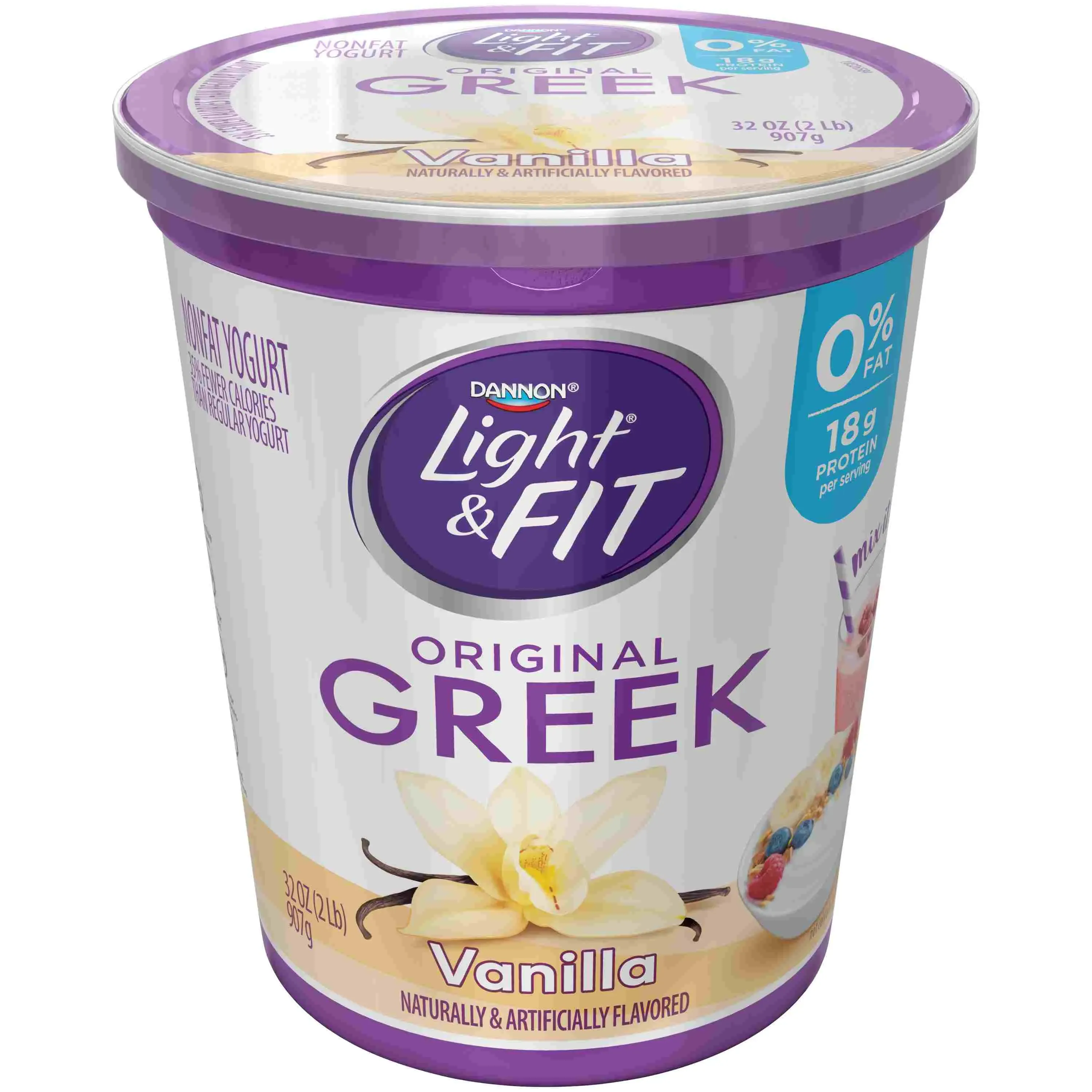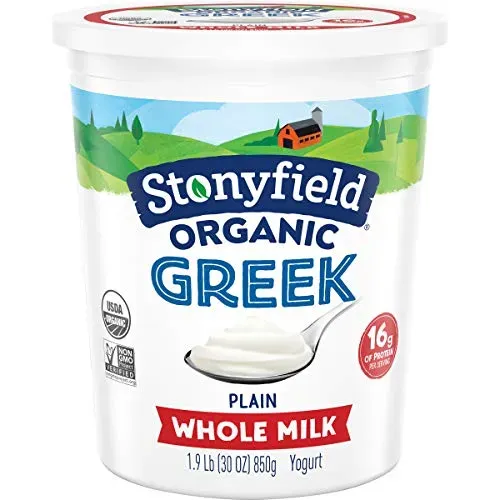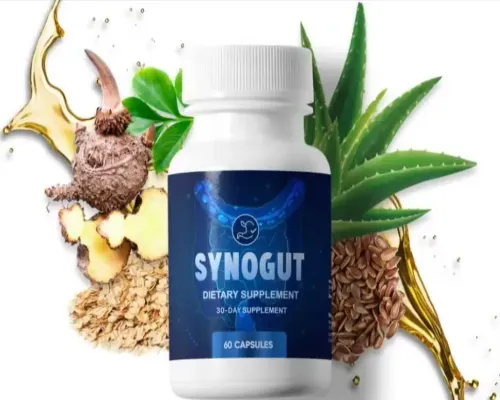Table of Contents
Walk down the dairy aisle these days and you're faced with a wall of choices. Greek yogurt, once a niche item, now dominates the shelves. It’s touted as a protein powerhouse, a healthy snack, a versatile ingredient. But peel back the lid, and you’ll find significant differences, especially when you’re aiming for lower fat options. The question isn't just "Is Greek yogurt healthy?" but rather, "what is the healthiest low fat greek yogurt?" It’s easy to grab the first tub that catches your eye, but many low-fat versions hide unwelcome surprises like excessive sugar or artificial additives. This isn't about demonizing yogurt; it's about making informed decisions in a crowded market. We'll cut through the marketing speak and look at what actually matters on the nutrition label. We’ll explore the key indicators of a genuinely healthy low-fat option and point you toward brands that skip the junk. Get ready to navigate the yogurt landscape with a bit more confidence and less sugar shock.
Understanding Low Fat Greek Yogurt: What Makes it Healthy?

Understanding Low Fat Greek Yogurt: What Makes it Healthy?
So, you're diving into the world of yogurt? Excellent choice. Low-fat Greek yogurt stands out in the dairy case for a few solid reasons. Think of it as regular yogurt, but strained. A lot. This process removes much of the watery whey, leaving behind a thicker, creamier product. What's left is a concentrated source of protein, significantly higher than traditional yogurt. This protein punch helps you feel full longer, which is a big win if you're trying to manage your weight or just avoid that mid-afternoon snack attack. Beyond protein, it still packs in calcium and often contains beneficial probiotics, those friendly bacteria that can be good for your gut. When we talk about understanding low fat Greek yogurt and what makes it healthy, it really boils down to that protein density and the potential for gut-friendly cultures, all while keeping the fat content down compared to its full-fat cousin.
Key Factors: What to Look for in the Healthiest Low Fat Greek Yogurt

Key Factors: What to Look for in the Healthiest Low Fat Greek Yogurt
Sugar: The Sneaky Saboteur
Alright, let's talk sugar. This is where many seemingly "healthy" low-fat options go terribly wrong. You think you're making a smart choice by cutting fat, then BAM – you're hit with more sugar than a candy bar. Manufacturers often load up low-fat products with sugar to make them taste good because, let's be honest, fat adds flavor. When figuring out what is the healthiest low fat greek yogurt, the first thing to scan is the "Added Sugars" line on the nutrition facts panel. Aim low. Really low. We're talking ideally under 5 grams per serving. Some plain versions have zero added sugar, relying solely on the natural sugars from the milk. That's your gold standard. Anything with "fruit on the bottom" or flavored varieties usually means a sugar bomb. Don't fall for it.
Protein Power: Your Satiety Signal
One of the main reasons people reach for Greek yogurt is the protein. It's what gives it that thick texture and keeps you feeling full. But not all low-fat Greek yogurts are created equal in the protein department. You want a significant amount here, typically aiming for 15-20 grams per serving or even more. This protein is crucial for muscle repair, growth, and that satisfying feeling after you eat. A low-fat option with skimpy protein is missing the point entirely. So, flip that tub over and compare the protein numbers. Higher is definitely better here if your goal is satiety and muscle support.
Here’s a quick look at what decent protein looks like in a standard serving:
- Good: 12-14 grams
- Better: 15-17 grams
- Best: 18+ grams
Live and Active Cultures: Gut Feel Good Factor
Beyond macros, consider the microscopic residents. Healthy yogurt should contain live and active cultures, the beneficial bacteria often referred to as probiotics. These guys are linked to gut health, digestion, and potentially even immune function. Look for the "Live & Active Cultures" seal on the packaging. While most Greek yogurts start with these cultures, some processing methods can reduce their viability. Choosing a brand that explicitly states they contain these cultures ensures you're getting this added benefit. It's a small detail, but one that contributes to the overall health profile of what is the healthiest low fat greek yogurt.
Comparing Brands: Finding the Healthiest Low Fat Greek Yogurt Options

Comparing Brands: Finding the Healthiest Low Fat Greek Yogurt Options
Navigating the Yogurt Aisle Jungle
you've got the basics down: low sugar, high protein, live cultures are key. Now comes the fun part – standing in front of the dairy case, overwhelmed by options. Comparing brands to find what is the healthiest low fat greek yogurt can feel like decoding a secret language. Forget the pretty packaging and the claims on the front. Your mission is to turn that tub around and head straight for the nutrition panel and the ingredient list. You'll see variations even among plain, non-fat options. Some might sneak in thickeners or gums, which aren't necessarily *bad*, but the simplest ingredient list (milk, cultures) is often best. Compare the protein and sugar grams side-by-side for similar serving sizes. It’s surprising how much they can differ.
Spotting the Top Contenders
Based on those criteria – minimal added sugar, robust protein, and active cultures – a few brands consistently rise to the top when people ask what is the healthiest low fat greek yogurt. Plain, non-fat versions from brands like Fage, Stonyfield, or Wallaby Organic often fit the bill nicely. They keep the ingredient list short and the sugar count low, relying on the straining process for thickness and the milk for natural sugars. Some brands offer flavored options that *do* manage to keep sugar low, often using alternative sweeteners like stevia or monk fruit. Just be mindful if you prefer to avoid those. The goal is to find a brand that aligns with your priorities without compromising on the core health benefits.
When comparing brands, ask yourself:
- How many grams of *added* sugar? (Aim for 0-5g)
- What's the protein count per serving? (Look for 15g+)
- Does it list "Live & Active Cultures"?
- How long is the ingredient list?
- Are there artificial sweeteners or flavors?
Beyond the Label: Making the Best Choice for Your Needs

Beyond the Label: Making the Best Choice for Your Needs
Taste and Texture Preferences Matter
so you've stared down the nutrition labels and found a few contenders that tick the low-sugar, high-protein boxes for what is the healthiest low fat greek yogurt. But here’s a reality check: if you don't actually *like* the stuff, you're not going to eat it. Some non-fat Greek yogurts can be incredibly tangy, almost mouth-puckering. Others might have a slightly grainy texture depending on the brand's process. Don't force yourself to eat something you dread just because the numbers look perfect on paper. Finding a low-fat option with a taste and texture you genuinely enjoy is crucial for consistency. Maybe a slightly less "ideal" option you eat daily is better than the theoretically perfect one that sits in your fridge until it expires. It’s about finding your sweet spot – or rather, your tangy spot.
How You Eat It Changes Everything
The "healthiest" low-fat Greek yogurt plain out of the tub is one thing. The "healthiest" way you *consume* it is another. If you buy plain, zero-sugar Greek yogurt but then stir in three tablespoons of honey and a cup of granola, you've just added a significant amount of sugar and calories back in. This isn't to say you can't add things! Mixing in fresh berries, a sprinkle of nuts, or a dash of cinnamon are great ways to add flavor and nutrients without derailing your healthy choice. But be mindful of portions, especially with add-ins like granola, dried fruit, or sweeteners. The base yogurt is important, but the overall bowl is what counts for your daily intake.
Smart Add-Ins for Your Yogurt
- Fresh berries (low sugar, high fiber)
- Chia seeds or flax seeds (omega-3s, fiber)
- Small handful of nuts or seeds (healthy fats, crunch)
- Cinnamon or vanilla extract (flavor without sugar)
- Unsweetened coconut flakes (texture, some fat)
Budget and Accessibility Are Real Factors
Let's get practical for a second. The absolute "healthiest" low-fat Greek yogurt might be an expensive, organic, grass-fed, small-batch brand only available at that one fancy health food store across town. Is that sustainable for your wallet or your schedule? Probably not for most people. It's okay to prioritize options that are readily available at your regular grocery store and fit within your budget. Many mainstream brands offer perfectly good low-fat Greek yogurts that meet the key nutritional criteria. Finding a balance between optimal nutrition, taste, and practicality is the real long-term win. Don't let the perfect be the enemy of the good when you're figuring out what is the healthiest low fat greek yogurt *for you*.
FAQs About Healthy Low Fat Greek Yogurt

FAQs About Healthy Low Fat Greek Yogurt
Is Non-Fat Always the Healthiest Option?
Not necessarily, and here's where things get a little nuanced. While "low fat" is the focus, dropping to zero fat can sometimes mean sacrificing texture or, worse, adding fillers or extra sugar to compensate. A non-fat Greek yogurt with 15 grams of added sugar isn't healthier than a 2% or even 5% fat version with zero added sugar. A little bit of fat can actually help you feel more satisfied and absorb fat-soluble vitamins. When asking what is the healthiest low fat greek yogurt, it's less about hitting absolute zero fat and more about the *overall* package: low added sugar, high protein, and minimal unnecessary ingredients. Don't be afraid of a 2% or 5% option if the sugar content is low; the minimal extra fat might be worth it for taste and satiety.
What About Lactose Intolerance?
Good news on this front. The straining process that gives Greek yogurt its thick texture also removes a significant amount of the lactose, the sugar found naturally in milk that causes issues for many. This means that many people with lactose intolerance can actually digest Greek yogurt much better than regular yogurt or milk. Some brands even offer lactose-free versions for extra assurance, but often, the natural reduction in lactose during processing is enough. If you've had trouble with dairy in the past, give a small serving of plain Greek yogurt a try; you might be pleasantly surprised.
Lactose Content Comparison (Approximate per serving):
- Milk: 12 grams
- Regular Yogurt: 8-10 grams
- Greek Yogurt: 4-7 grams
- Lactose-Free Greek Yogurt: 0 grams
I Don't Like Plain – How Can I Make it Taste Good?
so you've found a truly healthy low fat Greek yogurt with zero added sugar, and... well, it tastes like plain, unsweetened yogurt. Surprise! This is where your creativity comes in. The beauty of plain yogurt is that it's a blank canvas. Instead of relying on pre-sweetened versions (which are often sugar traps), you control the flavor. Toss in a handful of fresh blueberries, a sprinkle of cinnamon, or a tiny drizzle of real maple syrup (measure it!). A spoonful of nut butter adds healthy fats and flavor. Don't feel pressured to eat it straight if it's too tart, but learn to enhance it healthily. That way, you get all the protein and probiotic benefits without the added sugar downsides, making your choice truly what is the healthiest low fat greek yogurt *for you*.
Making Your Yogurt Choice Count
Navigating the world of low-fat Greek yogurt requires a bit more than just grabbing a tub. It's about looking past the marketing claims and understanding what’s actually inside. Prioritizing lower added sugar, checking for live cultures, and being mindful of artificial ingredients are concrete steps. The "healthiest" option isn't a one-size-fits-all answer, but an informed choice based on your priorities and what the label honestly tells you. Consider this less a definitive list and more a framework for making better decisions in the dairy aisle moving forward. Your spoon, your choice.
